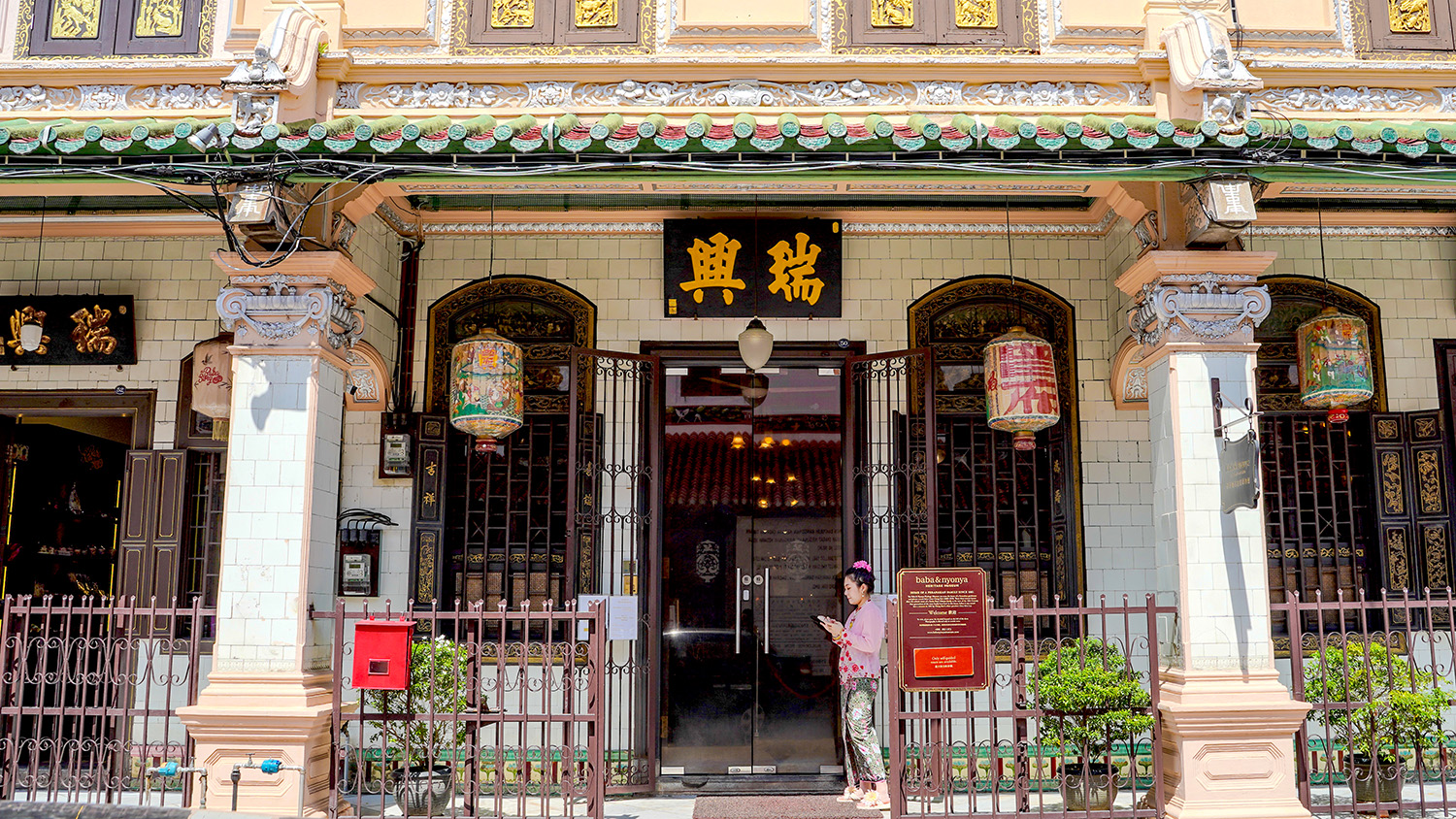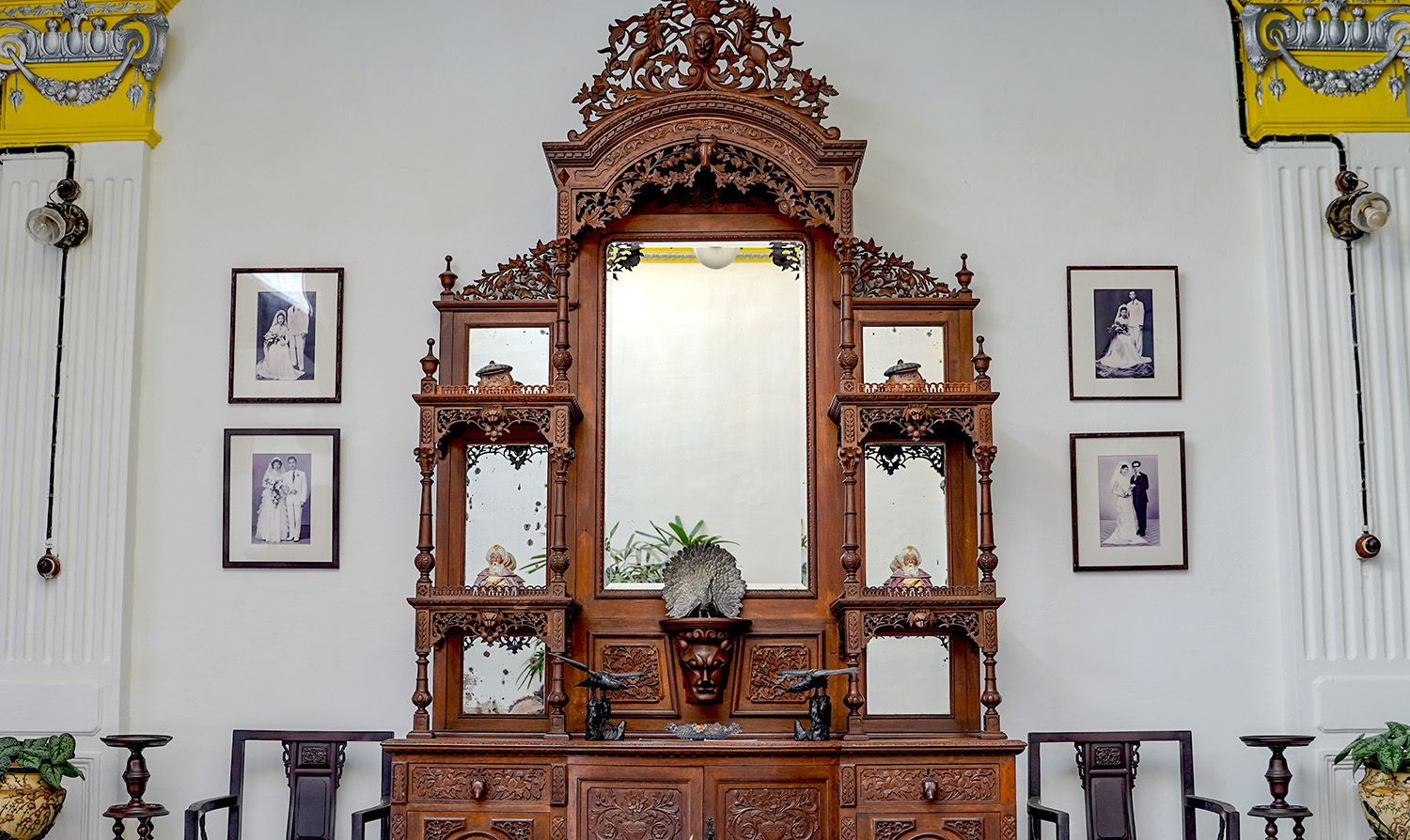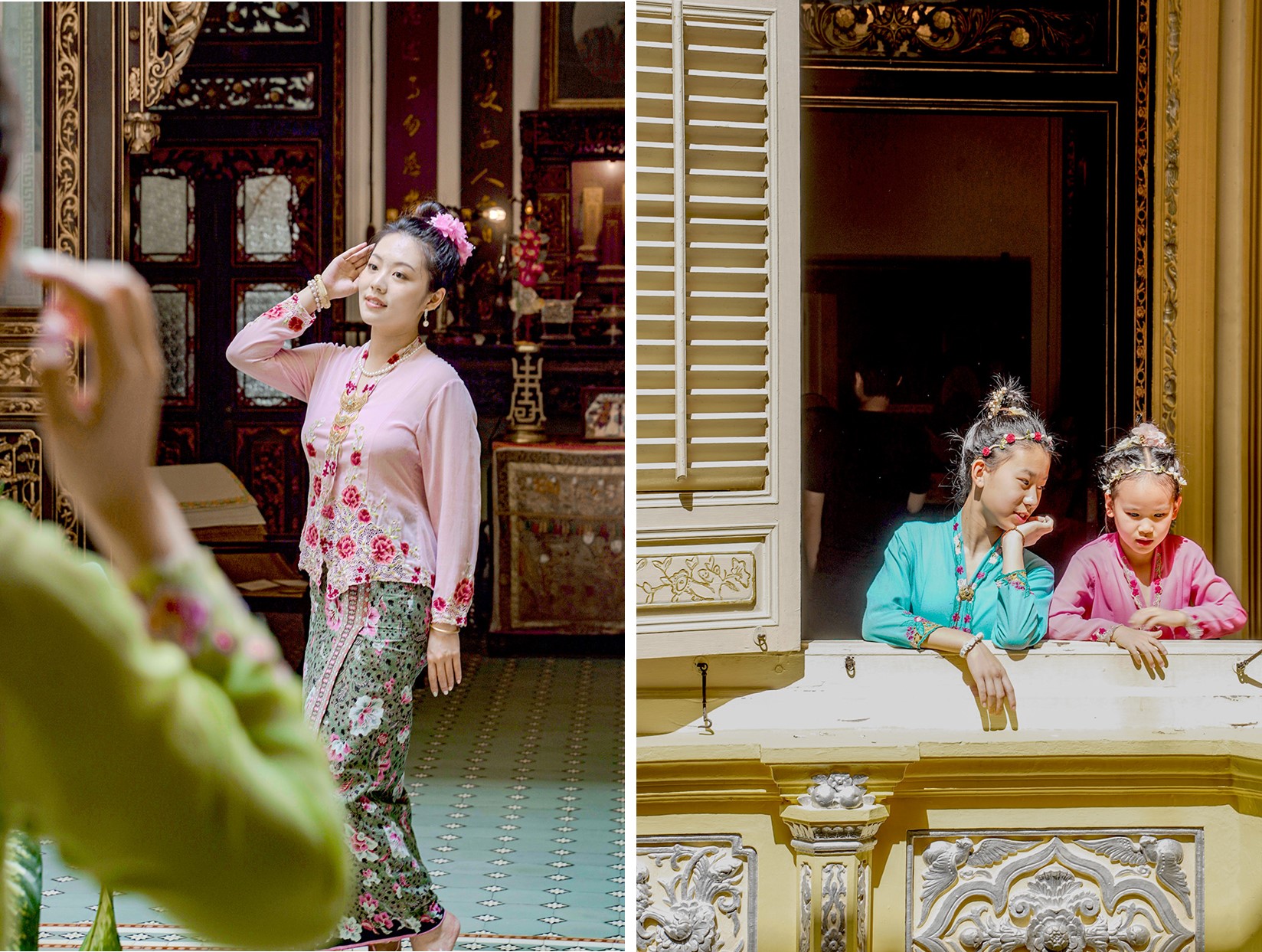
The state of Melaka is widely known for its rich heritage and vibrant culture. Within the city, many historical buildings have been restored with the intention to reflect its roots and educate the public on the history of Melaka. With influences from multiple countries, Melaka’s culture is definitely one of the most interesting to study.
Certified as one of the World Heritage Sites in Malaysia by UNESCO, Melaka is also fondly regarded as the place where it all began for Malaysia. Holding so much history, including the first state in Malaysia to be conquered by the Dutch, British, Portuguese and Japanese, Melaka still showcases heritage buildings and sites that are well-preserved to this date for all to witness. There are 21 museums in Melaka under the care of the Melaka Museum Corporation (PERZIM). Needless to say, museums in Melaka are historical gems that showcase ancient artefacts, visual graphics and much more that provide an interactive experience for visitors today.

The Baba & Nyonya Heritage Museum showcases the unique life and culture of the revered Peranakan group in Melaka. The museum was once home to a Peranakan planter by the name of Baba Chan Cheng Siew. A visit to these three terrace houses will take you on a memorable journey through the eclectic tastes of a Straits-born-Chinese family dating back to the 19th Century.

The name of the museum is derived from the word Baba, which is a way of addressing a Straits-born gentleman and Nyonya, a manner to address a Straits-born lady. Today, the museum is accessible to the public as an invitation into learning more about the way of living as a Peranakan during the 19th century.

Set foot into the beautiful museum and you will find interior features that are highly influenced by Dutch, Portuguese, Malay and colonial designs that make Peranakan homes a one-of-a-kind. The Baba & Nyonya Heritage Museum is also filled with lavish Blackwood furniture originating from China.


The reception hall or also known as Thia Besar is said to be the place where only men could enter during the 19th century. The hall is adorned with tall panels embellished with Chinese silk embroidery and unique furniture made of wood and marble. As you venture upstairs, you will spot wooden shutters around the courtyard of the house. On the second floor is where you will find many rooms that exude quintessential touches of Peranakan culture decor.
The Baba & Nyonya Heritage Museum is open from Tuesdays to Sundays, from 10:00 AM to 5:00 PM with last admission at 4:15 PM.

The Maritime Museum of Melaka boasts a spectacular replica of the Portuguese ship, Flor de la Mar, translating to “Flower of the Sea”, which famously sank in the straits of Melaka on its voyage to Europe in 1512.
This museum showcases the rich seafaring history of Melaka across the seven eras, where visitors are able to enjoy glimpses of the irreplaceable treasures of the nation.

Here, the museum exhibits the history of life at sea through its detailed interior of the ship. Spanning across three floors, it unravels the vibrant stories of Melaka’s trading era, the spice route, naval battles and shipwrecks, inviting visitors to discover the history of trade relations, maritime policies and the fusion of Eastern and Western culture in Melaka.

Here, one can also freely explore ancient navigation techniques, ship construction and the ways of life of seafarers aboard these historical vessels and the influence of colonial powers towards Melaka’s maritime activities.
By purchasing tickets for the Maritime Museum, you will also enjoy access to these museums:

Located at the foot of the popular St. Paul’s Hill, the Melaka Sultanate Palace Museum is the exact replica of the royal palace during the reign of Sultan Mansur. This museum uniquely offers a glimpse into the splendour and sophistication of royalty during the Melaka Sultanate era.
Designed with multi-tiered roofs and four central pillars, this palace replica is the perfect embodiment of traditional Malay architecture with its detailed carvings and eye-catching designs.
The Melaka Sultanate Palace Museum spans across eight chambers that exhibit over 1,000 artefacts, which include weaponry, traditional outfits, musical instruments and beautiful artworks from the past.
The minute you set foot into the museum is an exploration of the rich cultural heritage of the Melaka Sultanate. Walk through the royal chambers, the Sultan’s room and the audience hall to get a taste of the royal lifestyle in its glory days. There is also an abundance of luscious greenery that surrounds the museum and scenic views perfect for a relaxing stroll around the gardens.
The museum is open from Tuesdays to Sundays, from 9:00 AM to 5:30 PM with last admission at 4:30 PM.

This quaint village situated in the city of Melaka along the Melaka River, is actually a museum exhibiting the traditional lifestyle of the Malay community in the area. Built in the year 1920, the village has now been converted into a private museum for visitors to learn more about the Malay culture of the state. Take a peek at traditional Malaccan houses as well as a varied collection of artefacts such as ceramic pieces that originate from the Ming dynasty.

To learn more about the quaint village of Villa Sentosa (Kampung Morten), visit their official Facebook page here

Dive into life underwater at Melaka’s Submarine Museum . Located in the small town of Klebang, this museum invites you to explore the life of sailors aboard a submarine. This once-in-a-lifetime opportunity allows you to traverse the submarine, through its cramped living quarters and original machinery for a taste of what liveaboard life was like back in the day.

The Agosta 70-class submarine was originally built in France in 1978 and transported to Malaysia to be used as a training vessel for Malaysian marine soldiers from the year 2005 to 2009. Today, the submarine has been converted into a spectacular museum for the public to learn interesting facts about the submarine.

There are other activities that are also available within the vicinity of the submarine. A display of a fighter jet sits opposite the submarine for an up-close viewing. Alternatively, horse riding lovers can also opt to enjoy a horseback ride around the area.

The Cheng Ho Cultural Museum tells the famous story of the Chinese admiral who successfully sailed to Melaka. The museum is filled with fascinating facts that reminisce the life stories of Cheng Ho and his fleet. Visitors are invited to enjoy a video presentation set up in a special room within the museum showcasing this famous explorer’s incredible history.


The two-storey museum consists of many interesting highlights from miniature displays of the ship Admiral Cheng Ho boarded when he would travel the world to pieces of crockery that were used during his time in Melaka. There are also wells that are located around the museum that were built during Cheng Ho’s time. Visitors are also able to read up on the history of Cheng Ho’s bloodline and the Chinese culture during the height of Ming dynasty.

The famous Stadthuys building, which sits at the centre of Dutch Square, was transformed into an engaging museum featuring the history and ethnography of Melaka.

This three-storey building vibrantly brings the history of the Dutch colonisation in Melaka to life, enabling visitors to learn more about the rich and captivating past of the city through statues, ancient artefacts and many more that are exhibited throughout.
The History and Ethnography Museum also showcases the Dutch lifestyle that heavily influenced Melaka during the era. Take your time exploring the building and reading up on the gripping stories of its rich history, which are displayed on the walls around the museum. From detailed explanations of each artefact to the timelines of the Dutch government, the History and Ethnography Museum is information-packed and an educational stop you would not want to miss.
By purchasing tickets for the History and Ethnography Museum, you will also enjoy access to these museums: